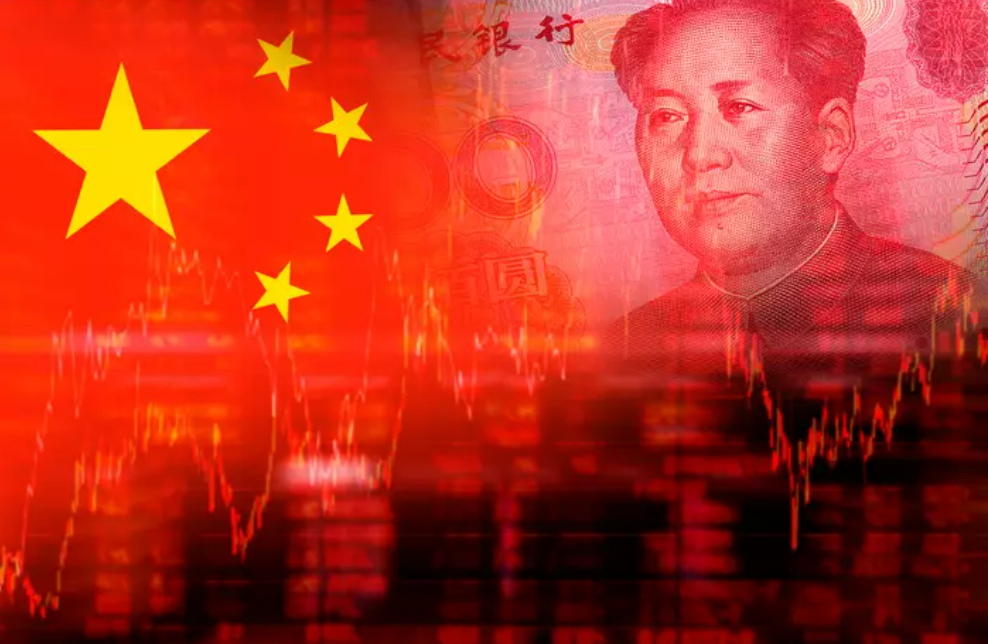
Skylar Shaw
Jul 26, 2022 11:35

One of the biggest banks in the UK, Barclays, has participated in a fundraising round for Copper and is anticipated to spend millions of dollars in the cryptocurrency company, which counts Lord Philip Hammond, a former chancellor of the exchequer, among its advisors.
The investment round for Copper, which offers custody, prime broking, and settlement services to institutional investors investing in cryptoassets, is expected to be completed in the coming days.
Despite the recent cryptocurrency meltdown wiping away roughly $40 billion in investor money and more than $2 trillion in market value, Copper has still been able to attract investment from one of the most reputable banks in the world.
Barclays, the world's largest bank, has finished the lengthy investor negotiations that had been put off since November of last year as Copper struggled with a temporary regulatory registration in the UK.
More precisely, the Financial Conduct Authority (FCA) mandates interim registration for digital asset service providers in compliance with money laundering laws. This implies that in order to operate, all crypto-asset enterprises must first seek full FCA registration.
However, Copper subsequently made the decision to become regulated in Switzerland as a result of the financial watchdog's refusal to accept its license registration.
Blockchain.com and Revolut are just two of the many companies that operate under the Temporary Registration Regime (TRR), and more than 100 businesses filed for registration when the FCA took over as the UK's anti-money laundering and counter-terrorism funding body in 2020.
Bloomberg reports that although Barclays has made an undisclosed investment in the "millions of dollars," individuals with knowledge of the situation indicated last year that the funds might increase Copper's worth to around $3 billion. Additionally, the sources said they were uncertain whether the sum raised would be made public.
In 2015, Barclays became one of the first traditional banks to promote cryptocurrency when it started enabling charities to accept contributions made in Bitcoin (BTC) as a form of alternative payment.
However, the bank also has a murky history with cryptocurrencies, having prevented UK-based clients from sending money to Binance by forbidding them from paying the exchange using a credit or debit card. The restriction was implemented soon after the Financial Do Authority said that Binance Markets Limited was no longer permitted to conduct cryptocurrency business in the nation.
Similar to this, Barclays already severed connections with Coinbase and is no longer the bitcoin exchange's financial provider.
In a Series B fundraising round that included Illuminate Financial Management, LocalGlobe, and MMC Ventures and was co-led by Dawn Capital and Target Global last year, London-based Copper received $50 million.

Jul 25, 2022 15:13

Jul 26, 2022 11:43